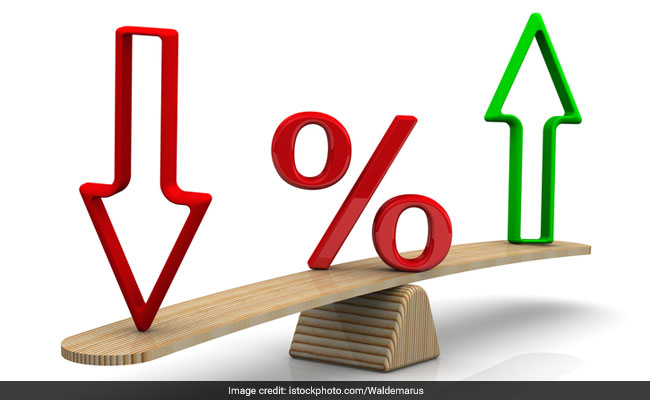The sudden revision has raised concerns among car buyers and automakers, while according to experts, it is likely to have minimal impact on interest rates.

RBI has increased the repo rate and CRR by 40 bps and 50 bps respectively.
The Reserve Bank of India (RBI) took a surprise move by announcing a 40 basis points (bps) or 0.40 per cent increase in its lending rate to commercial banks and 50 bps or 0.50 per cent increase in the cash reserve ratio (CRR). After a gap of four years, the repo rate has gone up to 4.40 per cent from the previous 4 per cent, while the CRR has been increased to 4.5 per cent. And the sudden revision has raised concerns among car buyers and automakers about the impact on sales.
Federation of Automobile Dealers Association (FADA) President, Vinkesh Gulati said, “RBI’s move to increase the repo rate by 40 bps has clearly upset everyone. This move will curb excess liquidity in the system and Auto loans will get expensive.”
Read also: RBI repo rate hike: How it will affect two wheeler loans

RBI has announced 40 basis points (bps) or 0.40 per cent increase in its lending rate to commercial banks and 50 bps or 0.50 per cent increase in cash reserve ratio (CRR).
The revisions by the central bank are likely to have a marginal impact on interest rates on loans. But according to our sources at State Bank of India (SBI), interest rates on any loan will not increase by more than 0.40 per cent across all sectors. In fact, the growth made by commercial banks is likely to be well within 40 bps and the same is true for car loans. Currently, interest rates on car loans mostly range from 7.4 per cent – 8.3 per cent in the banking sector, which can be revised to a maximum of 7.8 per cent – 8.7 per cent, if commercial banks decide to pass the full burden on to customers. ,
From your point of view, the increase in real interest per lakh is likely to be only ₹ 400 per annum (p.a.) if the entire burden is passed on, which will increase by ₹ 33.33 per lakh per month. So let’s say if you take a loan of ₹ 10 lakh, your interest rate is likely to increase to a maximum of ₹ 4000 per annum which will translate into an increase of ₹ 333.33 in your monthly car loan EMI.

At present, speeding up production to maintain adequate inventory and reduce long waiting periods remains a major concern of automakers and stakeholders.
Sharing his views with carandbike, RC Bhargava, Chairman, Maruti Suzuki said, “We already have a huge backlog due to chip shortage, so the rate revision will not have any major impact on our sales. It is marginal. The revision is so interest rates will have a very minor impact, so there will be no serious impact on the sentiments of the customers as they will not really feel the impact.”
The industry is bearing the brunt of the global supply crunch for semiconductors and at present, speeding up production to maintain adequate inventory and reduce long waiting periods is a major concern of automakers and stakeholders.

The increase in interest rate on both loans and deposits is likely to weigh on buyers’ sentiments.
0 notes
Even observers have said that the impact of 40 bps on interest and EMI will be minimal. Hence, the overall volume outlook remains more or less the same. The volume segments that are in the ₹5 lakh to ₹18 lakh bracket (hatchbacks and compact cars and SUVs) will see a very minor impact as the standard loan amount for these cars ranges from ₹4 lakh to ₹12 lakh. Till then. The maximum increase in monthly EMI in this case will be around ₹500. Having said that, with rising fuel prices and periodic hikes by OEMs, the overall sentiment is likely to be cautious, as it will take time for ordinary buyers to understand the impact. interest rate increase.
for the latest auto news And AnalysisFollow carandbike.com Twitter, Facebookand ours. subscribe to youtube Channel.